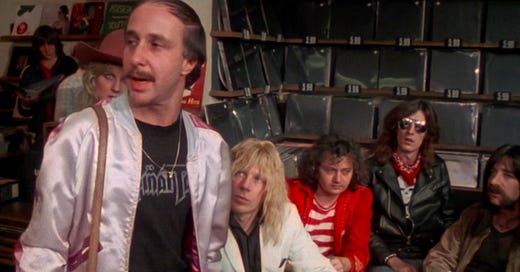We’ve just marked the first anniversary of Stars After Stars After Stars and I’m grateful for the thousands of you who have signed up to read this newsletter. Special thanks to everyone who’s bought a subscription to a Substack that doesn’t (yet) have a paywall. Those cash deposits are a steady reminder that I owe you all some words about music.
I’ve bee…
Keep reading with a 7-day free trial
Subscribe to Stars After Stars After Stars to keep reading this post and get 7 days of free access to the full post archives.





